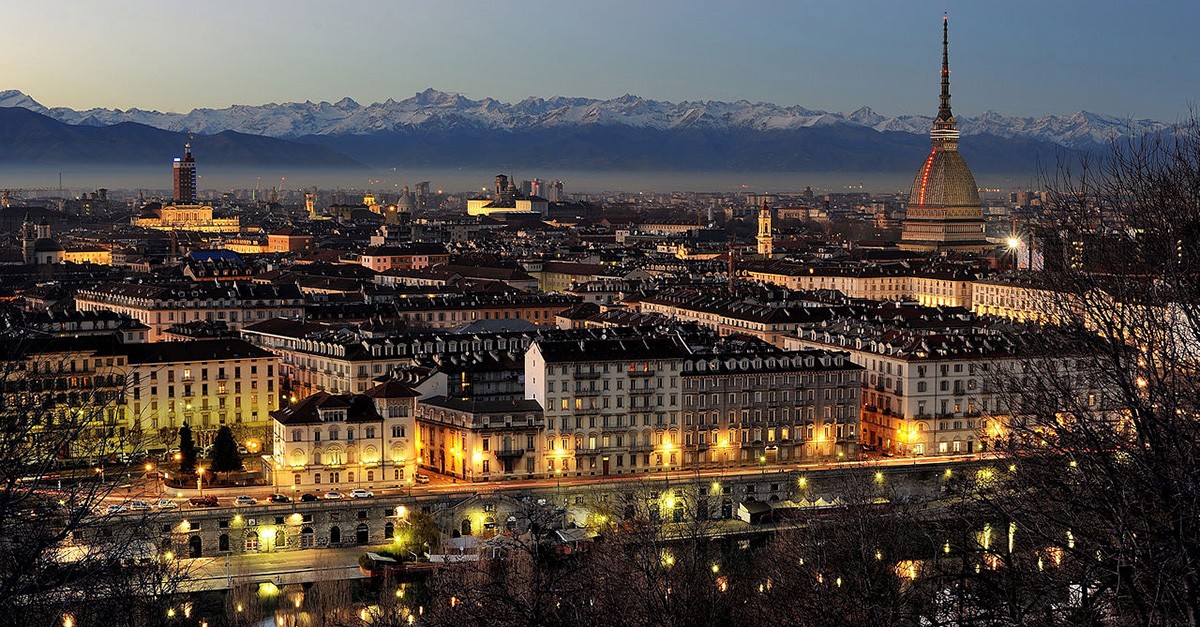
In recent years, real estate investment has once again become attractive to many investors attracted by lower prices and higher annual returns. But which are the best cities in Italy for property investors? Here, Tecnocasa give their analysis of the top destinations, while reminding us to be wary of the pitfalls of buying property in Italy.
Naples
The Neapolitan capital is one of the metropolises that has had the greatest increases in the percentage of purchases for investment. This is linked to the strong tourist attraction that the city has acquired in recent years and the fall in prices in some areas of the city. In fact, purchases for investment use went from 27.9% in 2013 to 41.1% in 2017.
Verona
Another city which has surprised with the number of purchases for investment use is Verona, with the percentage of purchases for this purpose doubling, most likely due to the strong tourist attraction that the city has always had and which continues to grow over time. The city centre (with 48.8% of the operations) is one of the areas investors can take advantage of to enter the tourist business by creating holiday homes and B&Bs. This is followed by the Borgo Roma-Golosine area (with 28.8% of the operations), whose low prices allow people to buy one-bedroom apartments for 70-80,000 euro and put them up for rent for 400-500 euro a month. In fact, it is an area with a good level of demand to rent from those who cannot afford to buy.
Florence
Florence is remarkable for the fact that it is the city in the central regions where the most purchases are made for investment purposes: 93.8% of the total. For years, the downtown area has been the focus of attention from investors who buy, in large part, to build vacation homes. This phenomenon is so strong that it has led to a "migration" to neighbouring areas by those seeking a home for study or work and is also leading to a change in the use of many empty offices. The properties in the centre of Florence, just like those in the centre of Milan, lost little value during the real estate crisis (-7.9%).
Milan
Milan is one of the cities that has been standing out in a very active market in recent years. Between 2013 and 2017, the number of transactions increased from 18.2% to 29.3%, which goes to show the city's attractiveness to investors. An analysis of the macro-areas shows that the highest percentages of purchases for investment use are recorded in the city centre (48.4%) and in the areas of Lodi-Corsica (36.0%), Stazione Centrale-Gioia-Fulvio Testi (34.7%), and Navigli-Famagosta (34.0%). The central area of Milan has always been very attractive. It is one of the macro-regions that has lost the least value since the beginning of the housing crisis (-5.3%) and which, already in the second half of 2015, showed signs of a recovery in prices thanks to sustained demand.
Rome
Thanks to its strong tourist business and the presence of important companies and universities, there has always been a strong demand for investment in Rome, although this suffered a slight decrease in the last quarter. The macro-area where most purchases are made for investment purposes is Prati-Francia (40.8%), which has grown up around the Vatican, the Palace of Justice, the RAI headquarters and LUMSA University, important focal points for both workers and tourists wanting to rent. This is followed by the city centre, with 35% of the sales for investment purposes (here purchases are often made for holiday homes and B&Bs), and by the Policlinico-Pietralata macro-area (23.3%) which attracts students from the universities of Sapienza and Luiss.
Palermo
In Palermo, purchases for investment use increased from 23.8% to 28.6% from 2013 to 2017. The centre accounts for 47.8% of purchases for this purpose, followed by the Brancaccio University area with 30.0% and the Fiera macro-area with 22.9%. In recent years, the heart of the city has seen a growth in the purchase of properties intended for the creation of holiday homes or B&Bs. These are not only acquired by Sicilians, but also by people from other provinces of Italy and, recently, also by foreign investors from Eastern Europe, Scandinavia, France, Germany, and China who want to spend a few months of the year in Palermo or want to build B&Bs (a phenomenon that is on the rise). The historic centre is also benefitting from the pedestrian and road network, and in general the city is beginning to feel the effects of its designation as Italian Capital of Culture 2018.
Turin
In the Savoy capital city in the last four years, the investment component has grown from 21.1% to 26.6%. The Centro-San Salvario macro-area receives the largest share of operations of this type (47.3%), followed by Francia-San Paolo (36.9%). The central areas attract investors who buy small properties here to rent out to university students, workers and now also tourists.
Since the 2006 Olympic Games, Turin has had a real tourist rediscovery and is also a popular destination for its excellent connections with Milan and as a place from which to visit the Langhe (UNESCO World Heritage Site) and the ski resorts of Piedmont. Rentals to university students and migratory workers explain the high percentage of purchases for investment in the area of Francia-San Paolo, where the Intesa San Paolo skyscraper has been located for some time.